Denis Teslenko
Word Sense Disambiguation for 158 Languages using Word Embeddings Only
Mar 14, 2020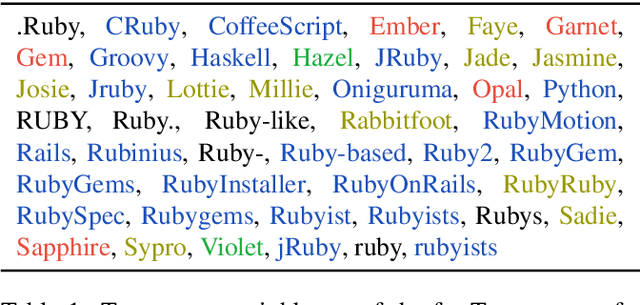
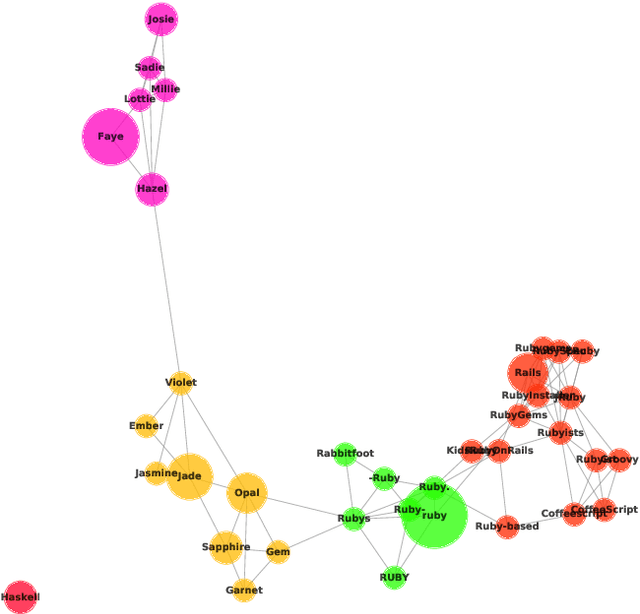
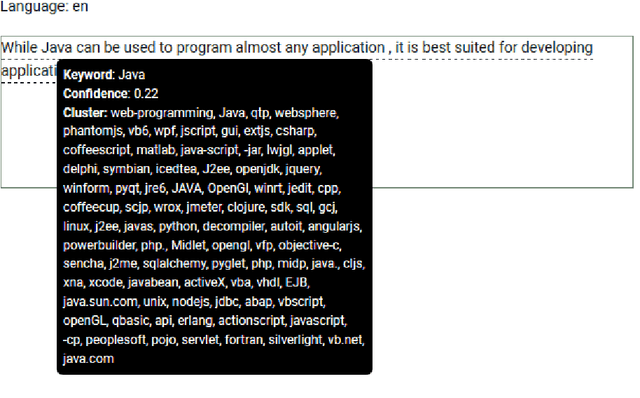
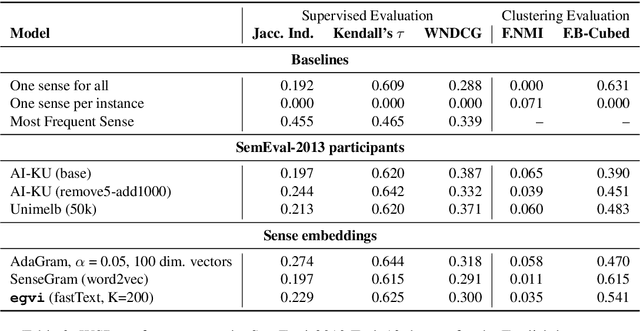
Abstract:Disambiguation of word senses in context is easy for humans, but is a major challenge for automatic approaches. Sophisticated supervised and knowledge-based models were developed to solve this task. However, (i) the inherent Zipfian distribution of supervised training instances for a given word and/or (ii) the quality of linguistic knowledge representations motivate the development of completely unsupervised and knowledge-free approaches to word sense disambiguation (WSD). They are particularly useful for under-resourced languages which do not have any resources for building either supervised and/or knowledge-based models. In this paper, we present a method that takes as input a standard pre-trained word embedding model and induces a fully-fledged word sense inventory, which can be used for disambiguation in context. We use this method to induce a collection of sense inventories for 158 languages on the basis of the original pre-trained fastText word embeddings by Grave et al. (2018), enabling WSD in these languages. Models and system are available online.
An Unsupervised Word Sense Disambiguation System for Under-Resourced Languages
Apr 27, 2018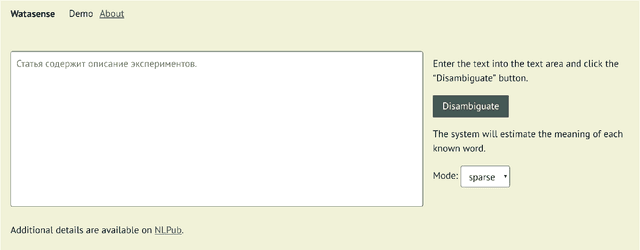
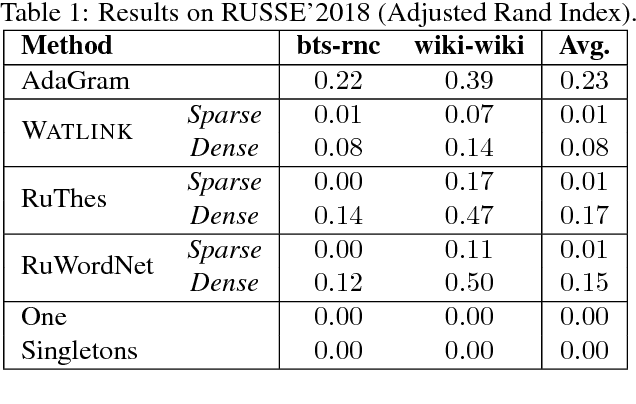
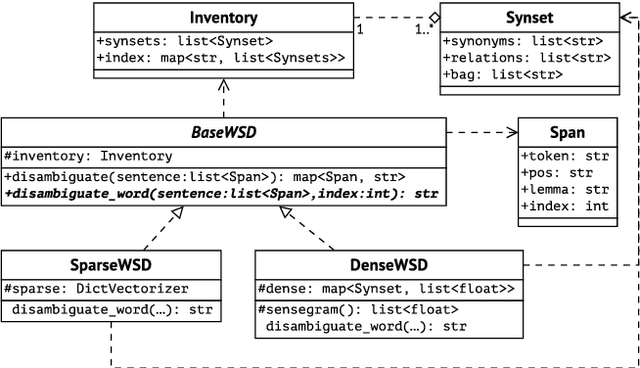

Abstract:In this paper, we present Watasense, an unsupervised system for word sense disambiguation. Given a sentence, the system chooses the most relevant sense of each input word with respect to the semantic similarity between the given sentence and the synset constituting the sense of the target word. Watasense has two modes of operation. The sparse mode uses the traditional vector space model to estimate the most similar word sense corresponding to its context. The dense mode, instead, uses synset embeddings to cope with the sparsity problem. We describe the architecture of the present system and also conduct its evaluation on three different lexical semantic resources for Russian. We found that the dense mode substantially outperforms the sparse one on all datasets according to the adjusted Rand index.
 Add to Chrome
Add to Chrome Add to Firefox
Add to Firefox Add to Edge
Add to Edge